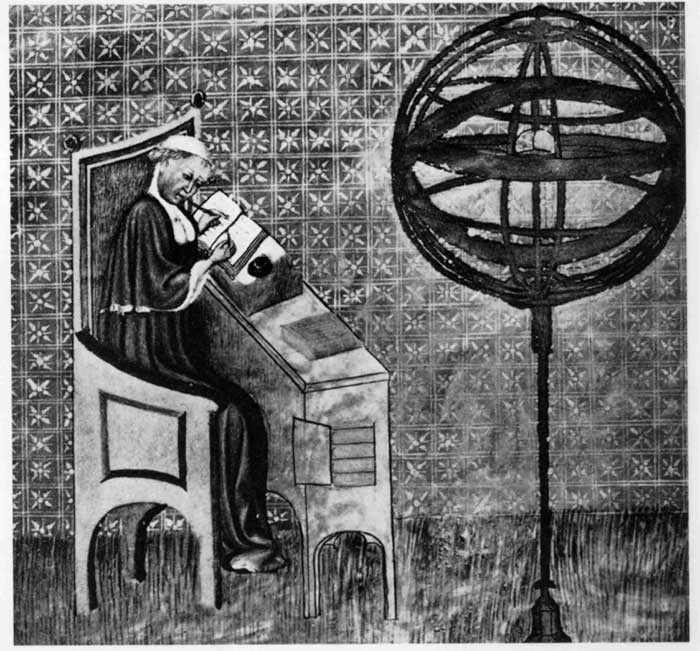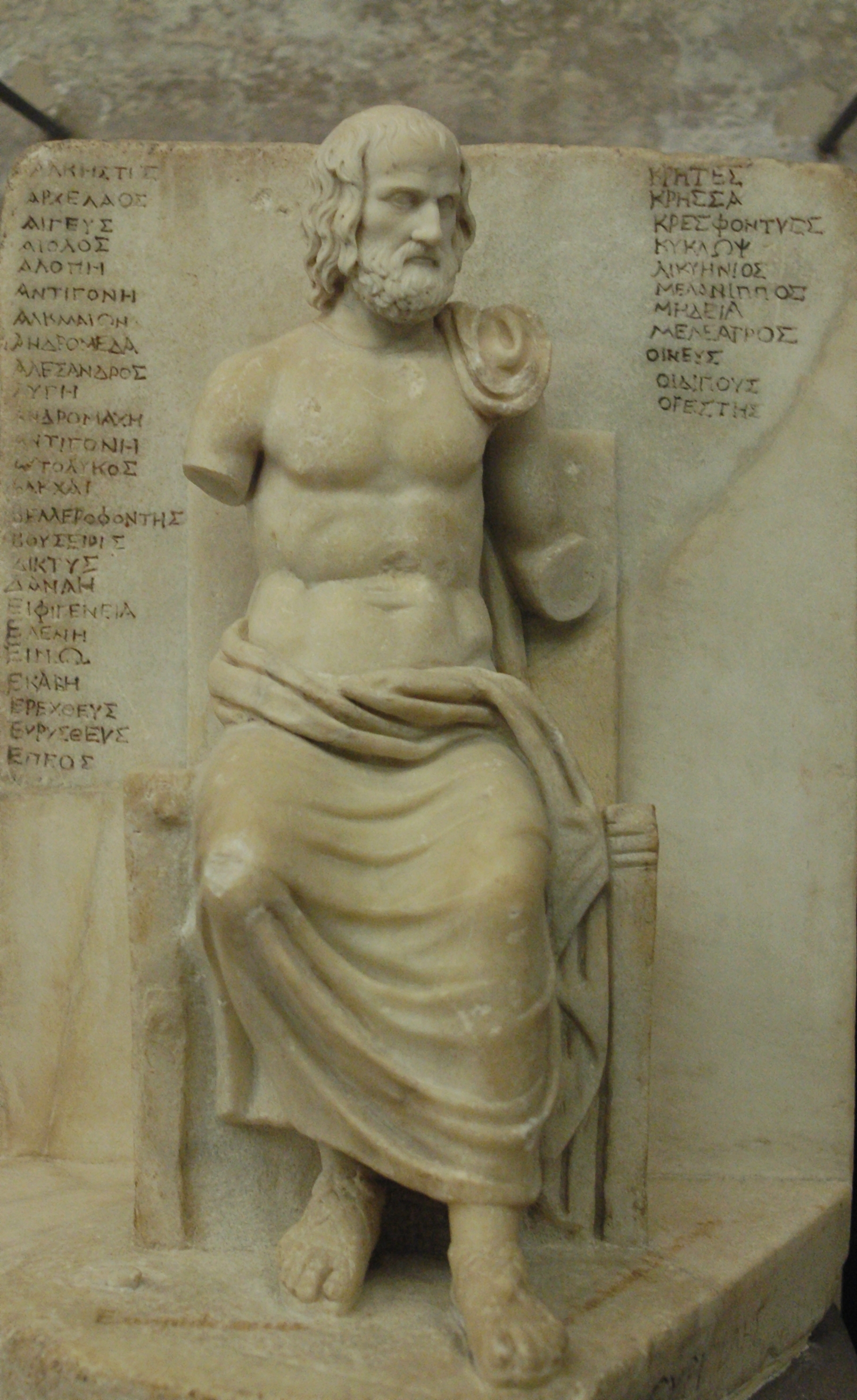|
Demetrius Triclinius
Demetrius Triclinius (; b. ), a native of Thessalonica, was a Byzantine scholar who edited and analyzed the metrical structure of many texts from ancient Greece, particularly those of Aeschylus, Sophocles and Euripides. He is often compared favorably with two contemporary annotators of ancient Greek texts, Thomas Magister and Manuel Moschopulus. He also had knowledge of astronomy. References Bibliography * * See also *Palaeologan Renaissance *Byzantine scholars in Renaissance *List of Macedonians (Greek) The following is a list of Macedonians. Ancient ''See List of ancient Macedonians.'' Roman ''Also see Macedonia (Roman province)#Citizens'' * Sopater, (Veria 1st century BC), saint, accompanied by Paulos * Antipater of Thessalonica (late ... Grammarians from the Byzantine Empire Byzantine Thessalonian writers 14th-century Byzantine writers {{AncientGreece-bio-stub ... [...More Info...] [...Related Items...] OR: [Wikipedia] [Google] [Baidu] |
Thessalonica
Thessaloniki (; ), also known as Thessalonica (), Saloniki, Salonika, or Salonica (), is the second-largest city in Greece (with slightly over one million inhabitants in its metropolitan area) and the capital city, capital of the geographic regions of Greece, geographic region of Macedonia (Greece), Macedonia, the administrative regions of Greece, administrative region of Central Macedonia and the Decentralized Administration of Macedonia and Thrace. It is also known in Greek as , literally "the co-capital", a reference to its historical status as the "co-reigning" city () of the Byzantine Empire alongside Constantinople. Thessaloniki is located on the Thermaic Gulf, at the northwest corner of the Aegean Sea. It is bounded on the west by the Axios Delta National Park, delta of the Axios. The Thessaloniki (municipality), municipality of Thessaloniki, the historical centre, had a population of 319,045 in 2021, while the Thessaloniki metropolitan area had 1,006,112 inhabitants and ... [...More Info...] [...Related Items...] OR: [Wikipedia] [Google] [Baidu] |
Byzantium
Byzantium () or Byzantion () was an ancient Greek city in classical antiquity that became known as Constantinople in late antiquity and Istanbul today. The Greek name ''Byzantion'' and its Latinization ''Byzantium'' continued to be used as a name of Constantinople sporadically and to varying degrees during the thousand-year existence of the Eastern Roman Empire, which also became known by the former name of the city as the Byzantine Empire. Byzantium was colonized by Greeks from Megara in the 7th century BCE and remained primarily Greek-speaking until its conquest by the Ottoman Empire in 1453 CE. Etymology The etymology of ''Byzantium'' is unknown. It has been suggested that the name is of Thracian origin. It may be derived from the Thracian personal name Byzas which means "he-goat". Ancient Greek legend refers to the Greek king Byzas, the leader of the Megarian colonists and founder of the city. The name '' Lygos'' for the city, which likely corresponds to an earlier T ... [...More Info...] [...Related Items...] OR: [Wikipedia] [Google] [Baidu] |
Aeschylus
Aeschylus (, ; ; /524 – /455 BC) was an ancient Greece, ancient Greek Greek tragedy, tragedian often described as the father of tragedy. Academic knowledge of the genre begins with his work, and understanding of earlier Greek tragedy is largely based on inferences made from reading his surviving plays. According to Aristotle, he expanded the number of characters in the theatre and allowed conflict among them. Formerly, characters interacted only with the Greek chorus, chorus.The remnant of a commemorative inscription, dated to the 3rd century BC, lists four, possibly eight, dramatic poets (probably including Choerilus, Phrynichus, and Pratinas) who had won Dionysia#Known winners of the City Dionysia, tragic victories at the Dionysia before Aeschylus had. Thespis was traditionally regarded the inventor of tragedy. According to another tradition, tragedy was established in Athens in the late 530s BC, but that may simply reflect an absence of records. Major innovations in dramatic ... [...More Info...] [...Related Items...] OR: [Wikipedia] [Google] [Baidu] |
Sophocles
Sophocles ( 497/496 – winter 406/405 BC)Sommerstein (2002), p. 41. was an ancient Greek tragedian known as one of three from whom at least two plays have survived in full. His first plays were written later than, or contemporary with, those of Aeschylus and earlier than, or contemporary with, those of Euripides. Sophocles wrote more than 120 plays, but only seven have survived in a complete form: '' Ajax'', '' Antigone'', '' Women of Trachis'', '' Oedipus Rex'', '' Electra'', '' Philoctetes'', and '' Oedipus at Colonus''. For almost fifty years, Sophocles was the most celebrated playwright in the dramatic competitions of the city-state of Athens, which took place during the religious festivals of the Lenaea and the Dionysia. He competed in thirty competitions, won twenty-four, and was never judged lower than second place. Aeschylus won thirteen competitions and was sometimes defeated by Sophocles; Euripides won four.. The most famous tragedies of Sophocles feature Oedip ... [...More Info...] [...Related Items...] OR: [Wikipedia] [Google] [Baidu] |
Euripides
Euripides () was a Greek tragedy, tragedian of classical Athens. Along with Aeschylus and Sophocles, he is one of the three ancient Greek tragedians for whom any plays have survived in full. Some ancient scholars attributed ninety-five plays to him, but the ''Suda'' says it was ninety-two at most. Of these, eighteen or nineteen have survived more or less complete (''Rhesus (play), Rhesus'' is suspect). There are many fragments (some substantial) of most of his other plays. More of his plays have survived intact than those of Aeschylus and Sophocles together, partly because his popularity grew as theirs declinedMoses Hadas, ''Ten Plays by Euripides'', Bantam Classic (2006), Introduction, p. ixhe became, in the Hellenistic Age, a cornerstone of ancient literary education, along with Homer, Demosthenes, and Menander.L.P.E.Parker, ''Euripides: Alcestis'', Oxford University Press (2007), Introduction p. lx Euripides is identified with theatrical innovations that have profoundly influ ... [...More Info...] [...Related Items...] OR: [Wikipedia] [Google] [Baidu] |
Thomas Magister
Thomas, surnamed Magister or Magistros (), also known by the monastic name Theodoulos Monachos, was a native of Thessalonica, a Byzantine scholar and grammarian and confidential adviser of Andronikos II Palaiologos (ruled 1282–1328). His chief work, ''Ekloge onomaton kai rematon attikon'' (), is a collection of selected Attic words and phrases, partly arranged in alphabetical order, compiled as a help to Greek composition from the works of Phrynichus, Ammonius, Herodian, and Moeris. He also wrote ''scholia'' on Aeschylus, Sophocles, Euripides (with a life), and three of the comedies of Aristophanes; the ''scholia'' on Pindar, attributed to him in two manuscripts, are now assigned to Demetrius Triclinius. His speeches and letters consist partly of declamations on the usual sophistical themes, partly dealing with contemporary historical events: an argument between the fathers of Cynaegirus and Callimachus (two Athenians who fell at the Battle of Marathon) as to which had the ... [...More Info...] [...Related Items...] OR: [Wikipedia] [Google] [Baidu] |
Manuel Moschopulus
Manuel Moschopoulos ( Latinized as Manuel Moschopulus; ), was a Byzantine commentator and grammarian, who lived during the end of the 13th and the beginning of the 14th century and was an important figure in the Palaiologan Renaissance. ''Moschopoulos'' means "little calf," and is probably a nickname. Life Moschopoulos was a student of Maximos Planudes and possibly his successor as a head of a school in Constantinople, where he taught throughout his life. A mysterious and ill-documented excursion into politics led to his imprisonment for a while. Works His chief work is ''Erotemata grammaticalia'' (), in the form of question and answer, based upon an anonymous epitome of grammar, and supplemented by a lexicon of Attic nouns. He was also the author of ''scholia'' on the first and second books of the ''Iliad'', on Hesiod, Theocritus, Pindar and other classical and later authors; of riddles, letters, and a treatise on the magic squares. His grammatical treatises formed the foundati ... [...More Info...] [...Related Items...] OR: [Wikipedia] [Google] [Baidu] |
Palaeologan Renaissance
The Palaeologan Renaissance or Palaiologan Renaissance is the final period in the development of Byzantine art. Coinciding with the reign of the Palaiologoi, the last dynasty to rule the Byzantine Empire (1261–1453), it was an attempt to restore Byzantine self-confidence and cultural prestige after the empire had endured a long period of foreign occupation. The legacy of this era is observable both in Greek culture after the empire's fall and in the Italian Renaissance. Scholars of the time utilized several classical texts. History Following the Sack of Constantinople in 1204, the Crusaders established a Latin Empire to rule what had been Byzantine territory. Extensive looting took place in the fallen capital, and many relics and art treasures were shipped back to Western Europe. Seeking refuge in unconquered remnants of their empire, the Byzantine elite formed governments-in-exile at Nicaea, Trebizond, and Epirus.Cormack 2000, pg. 198. These new political entities continued ... [...More Info...] [...Related Items...] OR: [Wikipedia] [Google] [Baidu] |
Byzantine Scholars In Renaissance
The migration waves of Byzantine Greek scholars and émigrés in the period following the end of the Byzantine Empire in 1453 are considered by many scholars key to the revival of Greek studies that led to the development of Renaissance humanism and science. These émigrés brought to Western Europe the relatively well-preserved remnants and accumulated knowledge of their own (Greek) civilization, which had mostly not survived the Early Middle Ages in the West. The ''Encyclopædia Britannica'' claims: "Many modern scholars also agree that the exodus of Greeks to Italy as a result of this event marked the end of the Middle Ages and the beginning of the Renaissance," although few scholars date the start of the Italian Renaissance this late. History The main role of Byzantine scholars within Renaissance humanism was the teaching of the Greek language to their Western counterparts in universities or privately, together with the spread of ancient texts. Their forerunners were ... [...More Info...] [...Related Items...] OR: [Wikipedia] [Google] [Baidu] |
List Of Macedonians (Greek)
The following is a list of Macedonians. Ancient ''See List of ancient Macedonians.'' Roman ''Also see Macedonia (Roman province)#Citizens'' * Sopater, (Veria 1st century BC), saint, accompanied by Paulos * Antipater of Thessalonica (late 1st century BC), epigrammatic poet and governor of the city * Philippus of Thessalonica (late 1st century AD), epigrammatic poet and compiler of the Greek Anthology * Saint Hermes, (Thessaloniki, Rome 120 AD) * Martyr Theodora (Thessaloniki, Rome 123 AD) * Athryilatus of Thasos (1–2nd century AD), physician * Agape, Chionia, and Irene (died 304), saints * Saint Demetrius, early 4th century Byzantine Rulers * Basil I the Macedonian (811–886, ruled 867–886), founder of the Macedonian dynasty, born in Macedonia (theme) * Nikephoros Bryennios (1062–1137), general, statesman, historian * Michael and Andreas Palaiologos (1342–1350), leaders of the Zealots' regime of Thessalonica * Andronikos Palaiologos, despot of Thessalonike ( ... [...More Info...] [...Related Items...] OR: [Wikipedia] [Google] [Baidu] |
Grammarians From The Byzantine Empire
Grammarian may refer to: * Alexandrine grammarians, philologists and textual scholars in Hellenistic Alexandria in the 3rd and 2nd centuries BCE * Biblical grammarians, scholars who study the Bible and the Hebrew language * Grammarian (Greco-Roman), a teacher in the second stage in the traditional education system * Linguist, a scientist who studies language ** Grammarian, a linguistic specialist in grammar, the structural rules that govern natural languages * Philologist, a scholar of literary criticism, history, and language * Sanskrit grammarian, scholars who studied the grammar of Sanskrit * Speculative grammarians or Modistae, a 13th and 14th century school of philosophy * Grammarians of Basra, scholars of Arabic * Grammarians of Kufa, scholars of Arabic See also * ''Grammaticus'', a name used by several scholars * Neogrammarian The Neogrammarians (, , ) were a German school of linguists, originally at the University of Leipzig, in the late 19th century who proposed the Neo ... [...More Info...] [...Related Items...] OR: [Wikipedia] [Google] [Baidu] |





